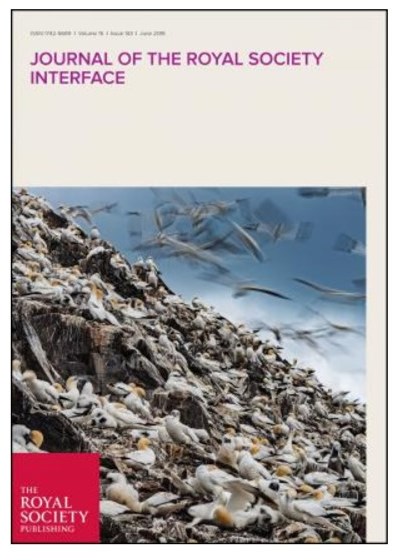First paper – adult and immature gannet foraging!
By Jude Lane on Friday, June 22nd, 2018
The first paper from research I have been involved with has been published!
Gannets, like many marine predators, can travel hundreds or thousands of kilometres to find food, but how they learn to locate prey patches in the open ocean has always remained a mystery.
During the first year of my PhD we tracked both adult and immature gannets from Bass rock using GPS devices. The tracks they provided have allowed us to reveal key differences in the way in which adults and immature birds forage.
Adults repeatedly targeted the same areas of the North Sea, areas associated with oceanic fronts where different bodies of water meet. These areas often have strong temperature or salinity gradients and are where large aggregations of plankton and fish can be found. They are often visible from the air and are known to be important foraging areas for many different marine predators from whales to seabirds.
In contrast, immature birds ranged much more widely than the adults and didn’t have the strong association with oceanic fronts which indicates that gannets use their comparatively long immature stage (up to 5 years) to learn where the best feeding grounds are.
The results provide crucial information on how seabirds efficiently locate and exploit patchy food resources vital to their survival and long-term fitness. The time taken for individuals to learn how to recognise good foraging sites and where they’re likely to occur probably goes a long way to explaining why seabirds and other long-lived predators don’t start breeding until they’re several years old.
The differences in the foraging ranges of adults and immature birds may also mean they face different levels of risk at sea, for instance from collision with offshore wind turbines, which is something we’re now investigating further.
The paper “Understanding the ontogeny of foraging behaviour: insights from combining marine predator bio-logging with satellite-derived oceanography in hidden Markov models” has been published in the Journal of the Royal Society Interface and is free for anyone to download so if you’d like to read more about what we did and found out, grab yourself a nice cup of tea, put your feet up and download it here.





